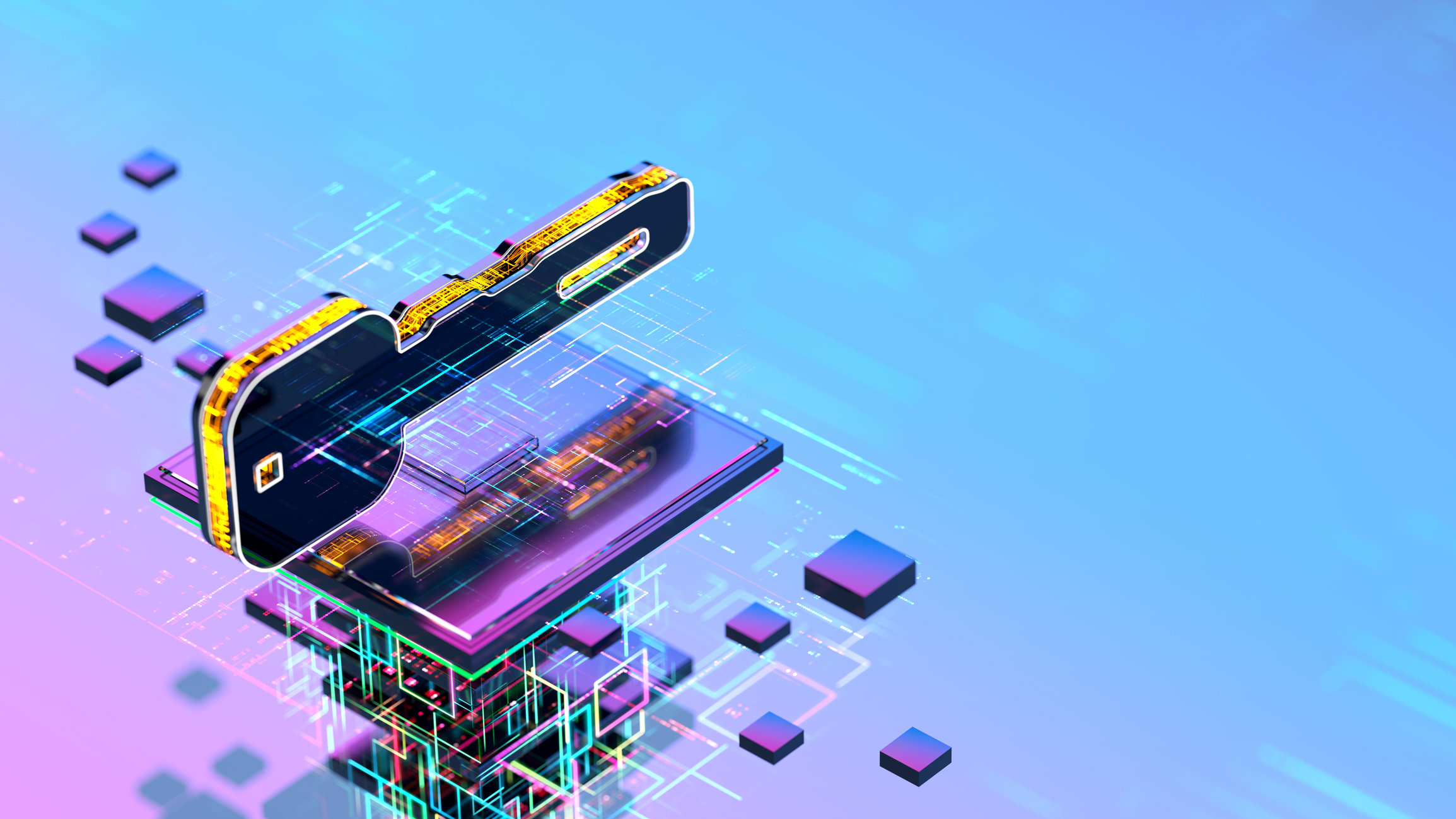In many organizations, outdated applications slow down daily operations and introduce security risks. Modernizing these systems can be difficult, but clear strategies and reliable practices can streamline the effort. Below, we combine our perspectives—Joe’s from a broad technology architecture vantage and Scott’s from a longstanding focus on security and infrastructure—to demonstrate how a well-planned modernization journey yields tangible results for both users and the bottom line.
Embracing AI—Beyond the Chatbot
Technologies labeled “AI” are on everyone’s lips, yet the real benefits extend beyond chat interfaces. Newer models deliver value in tasks like automated testing, robust analytics, and advanced security monitoring. For instance, a single misconfiguration in a large environment could go unnoticed for weeks, but properly implemented AI can spot anomalies in a fraction of the time. Additionally, predictive maintenance allows engineering teams to address issues before they escalate, strengthening both stability and user confidence.
“Our experience at Access Point shows that AI can be an extra set of eyes—sometimes an entire team’s worth—saving valuable time for security analysts and developers alike.” – Joe
Planning Is Paramount
All too often, teams jump into overhauling an application without considering the impact on end-users. A well-executed modernization hinges on understanding real-world workflows:
- User-Centric Design: It’s vital to know the features people rely on day-to-day, along with the ones they wish they had.
- Business Requirements: Identify the organization’s objectives. There is a key distinction between building a solution first and then searching for a suitable problem, versus tailoring technology to actual business goals.
- Data Governance & Compliance: Moving to the cloud often means your data could reside in multiple regions, each with different regulatory expectations. Deciding how and where to store information can’t be an afterthought.
“The quieter, up-front conversations often yield the greatest long-term savings, both in cost and in headaches.” – Scott
Strategy Meets Reality: Selecting Your Approach
Even the best architectural plan must adapt to an organization’s constraints. Modernization doesn’t always mean rewriting everything from scratch:
- Lift & Shift (Rehost): In some cases, replicating existing on-premises servers in the cloud without major changes is a quick win.
- Rearchitect or Replace: In other scenarios, the legacy application no longer serves evolving business needs. Migrating to containers, microservices, or a software-as-a-service solution often proves more sustainable long term.
- Cloud Service & Platform Choices: From AWS and Azure to Google Cloud or a hybrid approach—understanding each provider’s strengths (and your team’s skill set) is essential.
One of the biggest factors in the decision-making process is whether you can leverage AI-driven functionality within your chosen platform. New AI services seamlessly integrate with container orchestration systems, advanced analytics suites, and DevOps pipelines to automate routine tasks.
“Once you know the business challenge you’re solving, it’s far easier to choose the right approach—lift and shift might be enough, or maybe it’s time to reimagine the entire stack.” – Joe
Executing the Plan
A clear strategy paves the way for a more controlled and focused implementation phase:
- Infrastructure Setup: A robust architecture, whether hosted on a single cloud provider or across multiple environments, needs upfront security and compliance measures—such as identity and access management (IAM) or data loss prevention (DLP) frameworks.
- Data Migration: Transporting existing databases must be done with minimal downtime. Proper backups, failover processes, and verification steps keep everything on track.
- Continuous Testing & Quality Assurance: New features roll out more efficiently through development and testing environments before going live. This approach ensures end-users aren’t caught off guard by disruptions.
“Implementation success relies on verifying that each deployment is production-ready. Skipping thorough testing is the fastest route to unexpected failures.” – Scott
Ongoing Operations: Monitoring and Cost Management
Once your applications are running in a modern environment, the work doesn’t end—it shifts to proactive oversight:
- Performance Monitoring: Regular checks help you understand resource usage, ensuring systems are scaled properly and remain stable.
- Security & Compliance: Updated threat models and continuous scanning tools reveal vulnerabilities before they can be exploited.
- Budget Oversight: The ease of spinning up new cloud resources can lead to unchecked spending. Automated alerts and frequent cost reviews help avoid unwelcome surprises.
“We’ve seen organizations unknowingly pay for unused services over months. Proactive monitoring can save substantial funds and free up budget for strategic initiatives.” – Joe
A Collaborative Future
Modernizing an application is more than a technical project—it’s an organizational shift that supports user satisfaction, reduces downtime, and bolsters data security. By asking the right questions early, choosing a fitting migration approach, and weaving AI-driven processes into every phase, teams position themselves to thrive in the long run.
If your organization is weighing an app modernization initiative—or if you’re intrigued by how AI can accelerate your transformation—our team at Access Point Consulting is ready to guide you. Together, we can craft solutions that meet real business needs, with an eye toward efficiency, flexibility, and security.
Ready to shape the future of your systems?
Connect with us at Access Point Consulting to explore modernization strategies that align with your vision.









